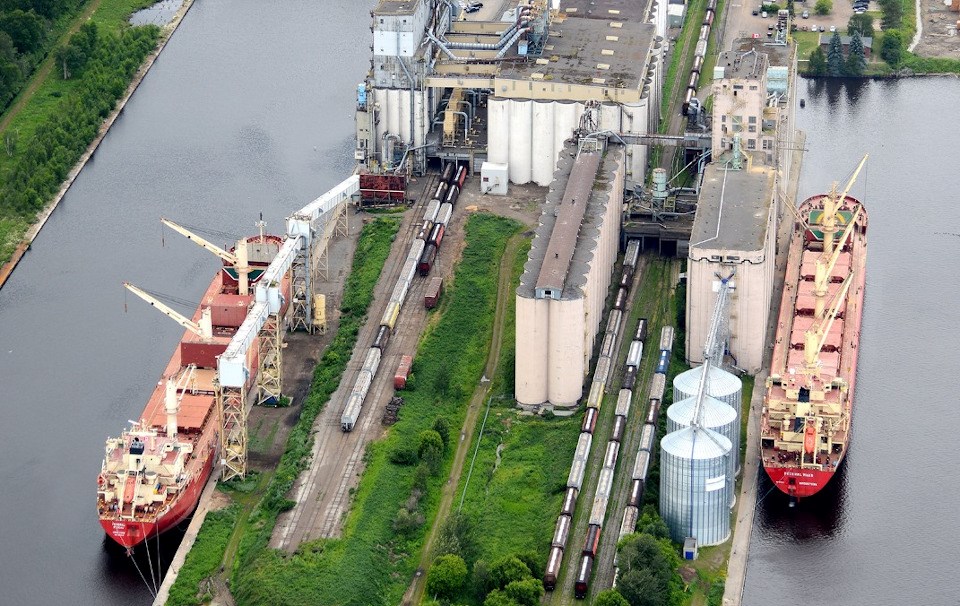THUNDER BAY – The Port of Thunder Bay is reporting lower numbers to start the shipping season, with grain shipments that are down by nearly half from last year the primary culprit.
Chris Heikkinen, director of business development with the port authority, described it as a year of “mixed results,” though reduced grain amounts have so far overshadowed gains in potash and other areas.
“The grain picture is looking weak so far this season,” he said. “There was carryover of a poor crop from last season, so that’s still impacting our shipments.”
Roughly 1.13 million metric tons of grain moved through the port by May 31 this year, barely half of the 2.16 million at the same time in 2021.
That drove an overall decrease of nearly 35 per cent in tonnage shipped through the port so far this year.
The decline in wheat shipments comes despite the Russian invasion of Ukraine putting pressure on global supply, with the two countries accounting for nearly 30 per cent of wheat exports.
Western Canadian grain reserves are ill-prepared to fill the gap, after being hit with drought and severe heat in 2021.
Thunder Bay has fared better than other major grain ports, however, the port authority noted. Railcar unloads of grain in Thunder Bay were down 32 per cent as of the end of May, the ports of Vancouver and Prince Rupert saw a larger 48 per cent decrease.
A bright spot for the port came in the form of potash shipments. The amount shipped by May 31 jumped more than four times this year, to 282,576 tons – already about half of the port’s yearly average.
With Ukraine and Russia each major potash suppliers impacted by the Russian invasion, Western Canadian potash production is helping to fill the gap in markets like Brazil, Europe, and North Africa.
“The potash story is a mix of a lot of things,” said Heikkinen. “The issue with the war in Ukraine is putting pressure on potash supplies globally, and also I think in Canada the exporters are trying to diversity their shipping routes.”
Thunder Bay is the only export port on the St. Lawrence seaway for potash, he noted.
Heikkinen also pointed to strength in general cargo shipments into the Keefer Terminal, with growth in areas including wind turbine towers, steel pipe and rail. Shipments of coal were also up slightly.
Overall, the total amount of 1.55 million tons shipped through the port by May 31 was down substantially from 2.38 million tons at the same time last year.
The port saw 71 vessels by the end of May, compared to 111 last year, with 51 of those domestic and 20 international.
Cargo volumes were already down in 2021, falling about six per cent short of the five-year average largely due to the poor grain harvest.
More than 900 people work in port-related jobs in Thunder Bay, with port activity carrying an estimated economic impact of around $370 million.
